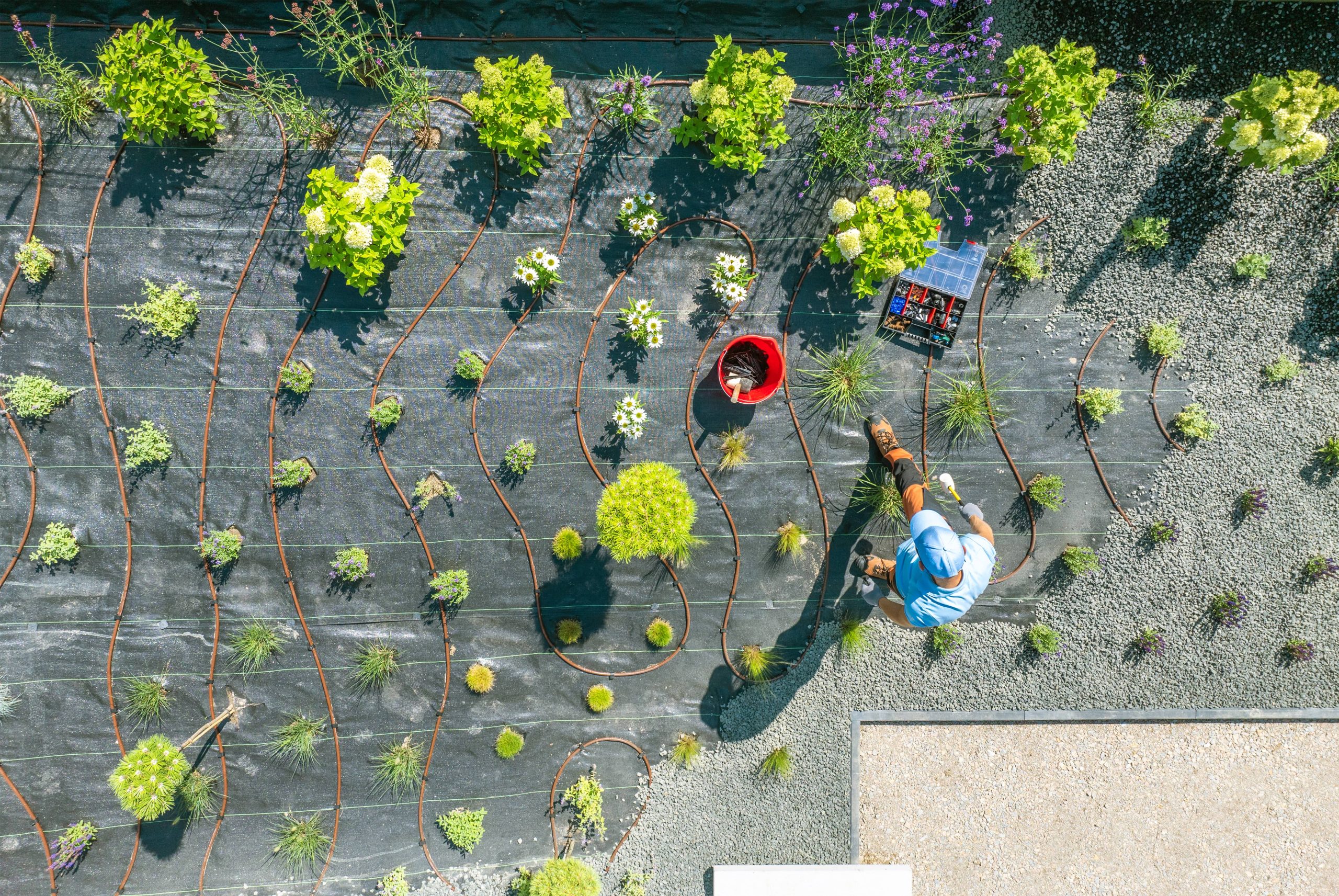
Succulents have become a beloved choice for gardeners and landscapers alike, thanks to their unique beauty, resilience, and low-maintenance nature. These plants, which store water in their leaves, stems, or roots, are perfect for outdoor gardens, especially in regions with dry climates. Whether you’re a seasoned gardener or a beginner, growing and caring for succulents outdoors can be a rewarding experience. In this post, we’ll explore the essentials of cultivating these fascinating plants in your garden.
Understanding Succulents
Succulents are a diverse group of plants that have adapted to survive in arid conditions. They come in a variety of shapes, sizes, and colors, making them a versatile choice for any garden. Some popular outdoor succulents include agave, aloe, echeveria, and sedum. These plants are not only drought-tolerant but also add a unique aesthetic to your landscape.
Choosing the Right Location
When planting succulents outdoors, location is key. Most succulents thrive in full sun, requiring at least six hours of direct sunlight each day. However, some varieties, like haworthias and gasterias, prefer partial shade. It’s important to research the specific needs of the succulents you choose to ensure they receive the appropriate amount of light.
In addition to sunlight, consider the climate in your area. While succulents are generally hardy, extreme temperatures can be detrimental. In regions with harsh winters, it’s advisable to plant succulents in containers that can be moved indoors during cold spells. Alternatively, you can select cold-hardy varieties that can withstand freezing temperatures.
Soil and Drainage
Proper soil and drainage are crucial for the health of your succulents. These plants prefer well-draining soil to prevent root rot, a common issue caused by excess moisture. You can purchase a commercial cactus or succulent mix, or create your own by combining regular potting soil with sand, perlite, or pumice.
When planting succulents in the ground, ensure the soil is loose and well-aerated. If your garden soil is heavy clay, consider amending it with sand or gravel to improve drainage. Raised beds or mounds can also be effective in promoting drainage and preventing water from pooling around the roots.
Watering Succulents
One of the most appealing aspects of succulents is their low water requirement. However, it’s important to strike a balance between under-watering and over-watering. As a general rule, water succulents deeply but infrequently. Allow the soil to dry out completely between waterings to mimic their natural desert environment.
During the growing season (spring and summer), succulents may require more frequent watering, while in the dormant season (fall and winter), they need less. Always adjust your watering schedule based on the weather conditions and the specific needs of your plants.
Fertilizing Succulents
While succulents are not heavy feeders, they can benefit from occasional fertilization. Use a balanced, water-soluble fertilizer diluted to half strength during the growing season. Avoid fertilizing during the dormant period, as this can lead to weak, leggy growth.
Pest and Disease Management
Succulents are generally resistant to pests and diseases, but they can still fall victim to common garden issues. Mealybugs, aphids, and spider mites are some pests that may affect succulents. Regularly inspect your plants and treat infestations promptly with insecticidal soap or neem oil.
Root rot is a common disease caused by over-watering. To prevent this, ensure your succulents are planted in well-draining soil and avoid letting them sit in water. If you notice signs of rot, such as blackened or mushy roots, remove the affected parts and allow the plant to dry out before replanting.
Designing with Succulents
Succulents offer endless possibilities for creative garden design. Their diverse shapes and colors can be used to create stunning visual contrasts and textures. Consider grouping different varieties together to form a succulent garden bed, or use them as accents in rock gardens and xeriscapes.
For a more structured look, plant succulents in geometric patterns or use them to create living walls and vertical gardens. Their compact size also makes them ideal for container gardening, allowing you to move them around to suit your design preferences.
Conclusion
Growing and caring for succulents outdoors is a delightful endeavor that can enhance the beauty of any garden. With the right location, soil, and care, these resilient plants will thrive and bring a touch of the exotic to your landscape. Whether you’re looking to create a low-maintenance garden or add unique elements to your existing landscape, succulents are a versatile and rewarding choice. Embrace the world of succulents and enjoy the beauty and tranquility they bring to your outdoor space.







